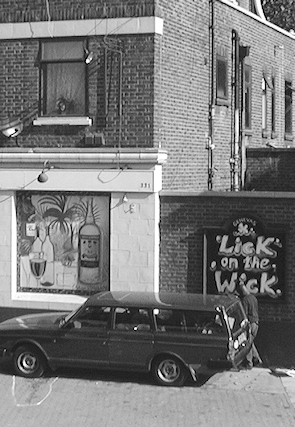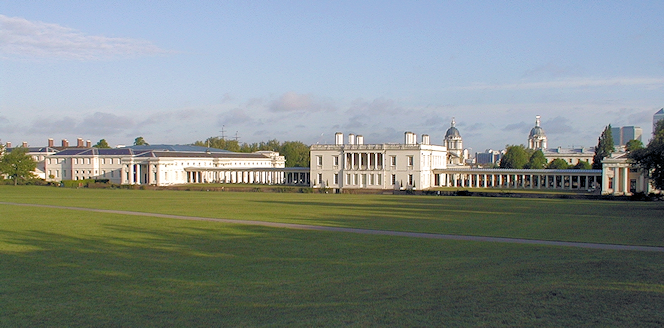The wicks and wiches of London
The wicks and wiches of London

The Old English word wīc came – probably via Old Frisian and/or other Germanic languages – from the Latin vīcus, meaning a compact settlement, neighborhood or estate. This could have been anything from a group of adjacent buildings (such as a single street or a set of farm buildings) to a whole village.
Although the word wīc could be applied to all sorts of small settlements, as time went by it was increasingly used for places where buying and selling went on. There are conflicting explanations for why the word’s meaning might have evolved in this way. One theory is that Romans who stayed on in Britain after the contraction of their empire often became traders – and they used this Latin-derived word for their enterprises.
Several centuries later, the Vikings and other Norse marauders used the word vík (anglicised as wik) to denote a creek, inlet or cove: an ideal place at first to mount an invasion and then to set up a trading post. Away from certain obvious coastal locations, it can be hard to distinguish which place names may have begun as a wīc and which as a wik.
As Old English became Middle English, wīc and wik both became ‘wick’ – or sometimes ‘wich’ (or ‘wych’ and also ‘wike’ in the north of England). The Oxford English Dictionary admits that the question of why one locality took the suffix ‘wick’ while another nearby place took ‘wich’ “presents difficulties” – which is to say it’s a bit of a mystery.
In some parts of the country, the suffix ‘wich’ was appended to the names of places where salt was extracted and marketed – as in Droitwich and Nantwich – and there’s a distinctive theory as to why this happened. But in the London area the two most common types of wicks and wiches were:
a) Outlying farms, often where dairy cattle were reared and butter and cheese were made and sold.
These were usually named after:
- the village they served – as in Hackney Wick
- the produce or animals in which they specialised – as in Chiswick (Cheese Wick, but see Chiswick’s page on Hidden London for an alternative theory) or Gatwick (Goat Wick)
- some other defining characteristic, such as their owner – as in Pælli’s Wick (Palyngewyk/Pallingswick, the early identity of the locality now called Ravenscourt Park).
b) Riverside landing places where goods were brought ashore and sold.
Some of these place names may have been derived from – or at least influenced by – Viking nomenclature. As with the dairy farms, they might be be named after:
- the place they served – as in Hampton Wick, which may have specifically provisioned the manor house that became Hampton Court
- the goods in which they specialised – as in Woolwich
- some other defining characteristic – for example the presence of much greenery in Greenwich (shown below) or the antiquity of Aldwych (Old Wick).
The old market at Aldwych was almost certainly the locus of the greatest wick of them all: Lundenwic (also written as vico Lundonie), the Saxon trading settlement that grew up to the west of the abandoned Roman Londinium and flourished from the 7th to the 9th century.


